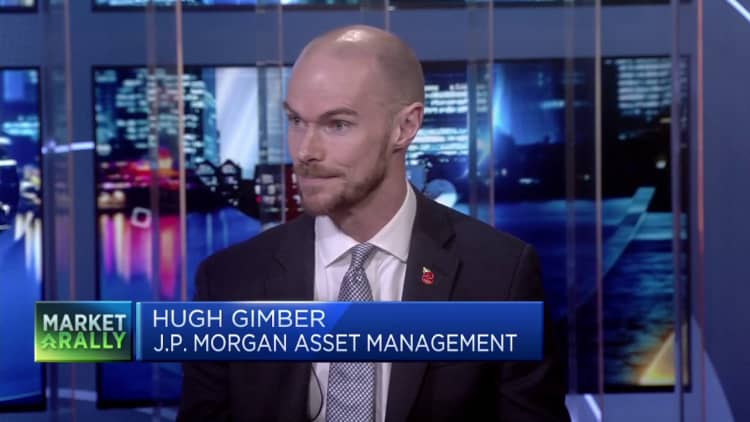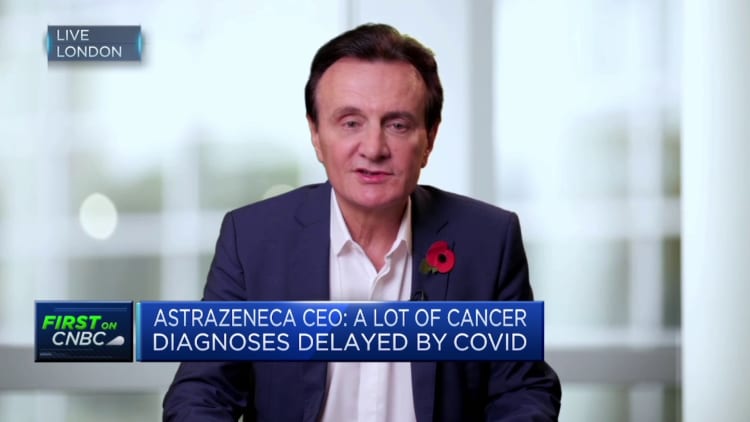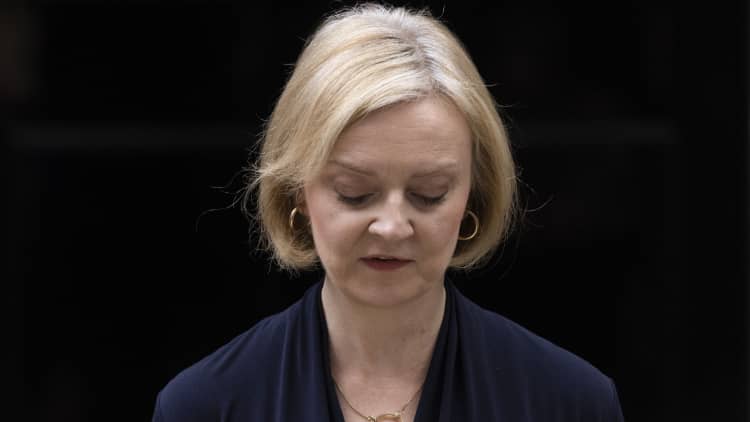UK inflation hits 41-year high of 11.1% as food and energy prices continue to soar
Inflation in the United Kingdom reached a 41-year peak of 11.1% per annum in October. This was despite rising household energy costs and food prices.
Dan Kitwood | Getty Images News | Getty Images
LONDON — U.K. inflation jumped to a 41-year high of 11.1% in October, exceeding expectations as food, transport and energy prices continued to squeeze households and businesses.
Reuters polled economists and predicted a 10.7% annual increase in consumer price index. October’s print is an increase over September’s record 10.1%, which was a 40-year-high.
The Office for National Statistics claimed that electricity, gas, or other fuels contributed the most to the increase in prices despite the introduction of Energy Price Guarantee by the government.
The ONS stated that indicators modelled consumer price inflation estimates suggested that the CPI would have been higher in October 1981 when the annual inflation rate was 11.2%.
The monthly CPI index rose by 2% in October. This is the same as the annual CPI inflation rate of July 2020-2021.
The cost of housing and household services (which includes energy bills) rose to an all-time high 11.7% over the 12 months to Oct 2022. This is up from 9.3% in September 2022.
According to the ONS, “In October 2022 households paid 88.9% less for electricity, gas, or other fuels than they did one year ago.”
“Domestic gas prices have experienced the highest increase, with October 2022’s prices being more than twice as high as a year prior.”

Non-alcoholic drinks and food also played a significant role, with 16.4% growth in the 12 month period to October. This was its highest annual rate ever since September 1977.
According to the Bank of England this is the longest period of recession in recorded history. The government and central banks are trying to coordinate tightening of monetary and fiscal policy to curb inflation.
The Bank increased interest rates by 75 basis point earlier this month to bring the Bank Rate up to 3%. However, the Bank challenged the market’s pricing for future rate increases.
Mike Bell, JPMorgan Asset Management’s global market strategist, stated Wednesday’s numbers are “uncomfortably” in line with the Bank of England’s message, that only slightly higher interest rates are needed to bring inflation back to 2%.
“We aren’t so convinced.” Bell stated that the inflationary pressures resulting from tight labor market have been consistently underestimated.
“While vacancies and employment declined marginally in yesterday’s labour market report,” wage growth continued to climb higher. Workers may continue to ask for higher wages to preserve disposable income, as headline inflation is expected to remain elevated for several months.

Bell stated that the Bank of England would have to continue hiking until there is evidence that weaker activity is beginning to impact wage demand. JPMorgan predicts U.K. rates to peak at 4.5%.
All eyes on the fiscal statement
Finance Minister Jeremy Hunt will deliver a new fiscal statement on Thursday and is expected to announce substantial “stealth” tax hikes and spending cuts in a bid to plug a £50 billion-plus hole in the country’s public finances.
Hunt is hoping to take advantage of rising inflation to increase the Treasury’s reserves by freezing various tax thresholds.
Rachael Griffin, expert in tax and financial planning, stated that “While everything is possible tomorrow,” it would be safe if the government relies on inflation as expected. Quilter.
“The August dip in inflation looks like a fluke and it is unlikely that inflation will fall anytime soon,”
